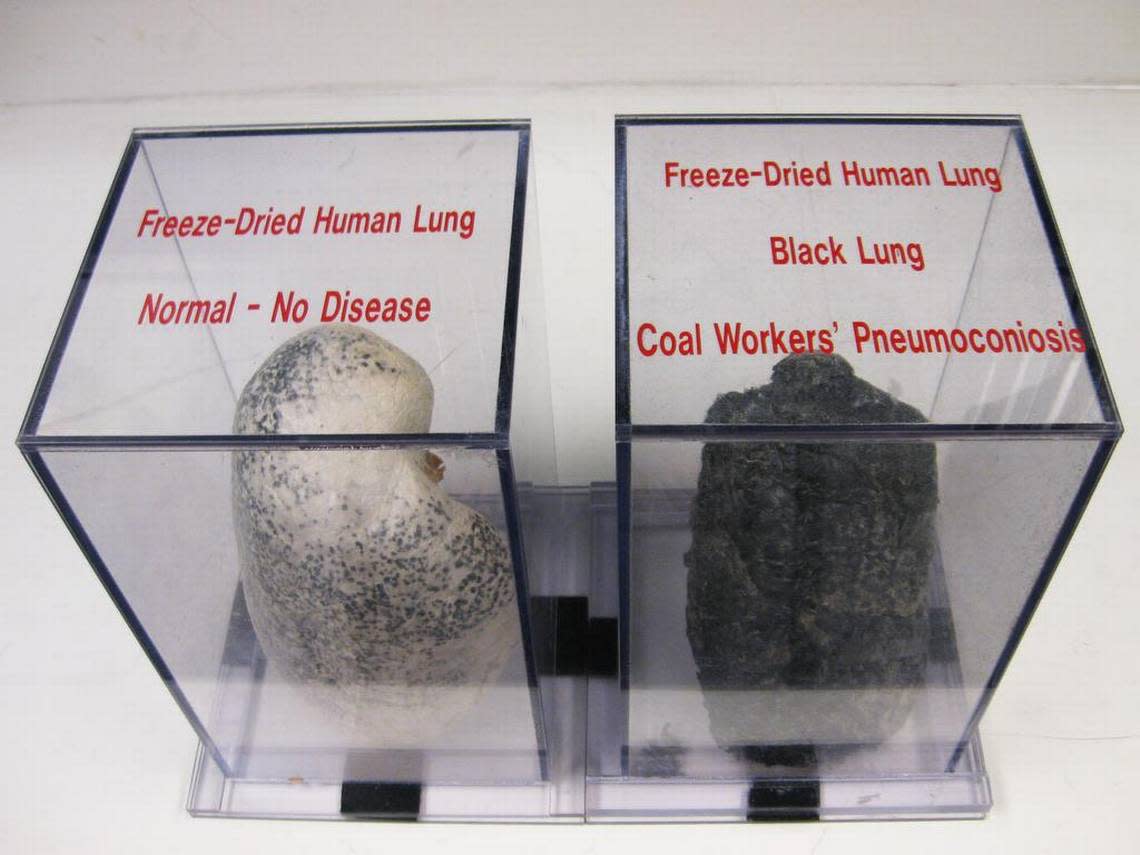Federal officials need to act on Appalachia’s forgotten epidemic | Opinion

In the nation’s memory of Appalachian coal mining, black lung disease may seem like a distant part of the past, from the era of the industry’s heyday. But, those of us who live and work in coal mining regions know first-hand that black lung never went away. In fact, right now, the tragic reality is that more miners are getting sicker at younger ages than ever before. Over the last decade, an epidemic of black lung disease has ravaged Central Appalachia. One in 5 tenured miners here has black lung disease and 1 in 20 has the most severe and totally disabling form of black lung — Progressive Massive Fibrosis.
These stark figures aren’t just numbers on a page. This deadly disease forever alters the lives of the people stricken by it, as well as their families and their communities. Not only can those with black lung no longer work, they usually can’t play with their kids, go up and down stairs, and do basic household errands most of us take for granted. With younger miners getting sick, this means there are miners in their thirties stripped of the prime of their lives. These workers now have to rely on others to help their families make ends meet.
We know the culprit behind the resurgence of the black lung crisis: silica dust. Higher exposures to silica dust are a result of cutting through more rock as accessible, larger coal seams are fewer and farther between. Cutting through this rock results in miners inhaling toxic silica dust that causes the most severe forms of black lung, even after fewer years of exposure. And few coal operators are doing anything to curb this problem.
Thankfully, there’s a way to save lives immediately. Over nearly 30 years, health experts and government bodies have developed and rigorously reviewed scientific evidence and repeatedly concluded that federal Mining Safety and Health Administration’s (MSHA) silica standard is woefully ineffective and not protecting miners from the threats they face. That’s why miners with black lung, their families, and their allies have urged MSHA to fix the problem by strengthening the silica standard as soon as possible. An updated standard could sharply reduce the amount of silica dust miners breathe and slow the spread of the black lung epidemic at the same time.
Unfortunately, the fight for this common sense solution has been dragging on. On behalf of our clients with black lung and miners in our community and beyond, Appalachian Citizens’ Law Center petitioned MSHA to establish a silica dust standard in 2011. Over a decade has passed with no results, and the silica standard for coal miners still has not been updated since 1985. Meanwhile, dangerous mining practices continue as thousands of miners have become sick and died as a result of black lung disease.
Over a decade later, after ACLC, the Black Lung Associations, and partners again petitioned MSHA for progress, the Biden Administration heard the calls to action last year and began the process to draft an updated rule. This updated silica standard has the potential to help keep miners all over the country safer from the scourge of black lung by limiting the amount of silica dust miners can be exposed to. However, this potential remains unfulfilled. We don’t know what the rule actually does because it is stuck inside the Washington bureaucracy, yet to see the light of day.
Every day of delay means more miners are exposed to deadly silica dust. Now is the time to finish the job. We urge MSHA to release common-sense silica standards as soon as possible, with no loopholes and no wiggle room for coal companies to fall back to the deadly status quo. Those who have been sacrificing their health in the mines to keep our homes and businesses powered deserve better. They’ve waited decades for change – we won’t allow for it to slip away now.
Courtney Rhoades Mullins is the Black Lung Organizer with the Appalachian Citizens’ Law Center in Whitesburg.
